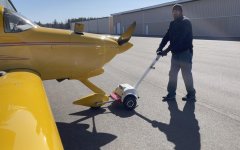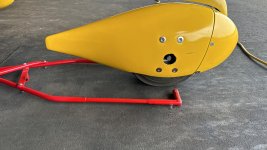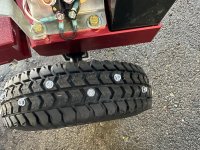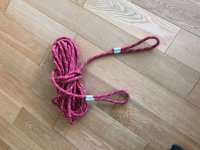SwimmingDragonfly96
Well Known Member
Hey everyone,
I was always taught to push near the prop hub and that’s what I’ve been doing. I have a slight incline getting into my hangar so it requires a not insignificant amount of force, left hand on prop forward force, right hand on tow bar for steering. Last time I did it I felt a small click on the prop, and it felt a bit of a click, not a pop, and nothing I think is significant, but something I don’t want to repeat.
What do you guys do in these scenarios outside of getting a tug? Anything I can do to make sure I didn’t ruin anything?
Thanks,
Amir
I was always taught to push near the prop hub and that’s what I’ve been doing. I have a slight incline getting into my hangar so it requires a not insignificant amount of force, left hand on prop forward force, right hand on tow bar for steering. Last time I did it I felt a small click on the prop, and it felt a bit of a click, not a pop, and nothing I think is significant, but something I don’t want to repeat.
What do you guys do in these scenarios outside of getting a tug? Anything I can do to make sure I didn’t ruin anything?
Thanks,
Amir








